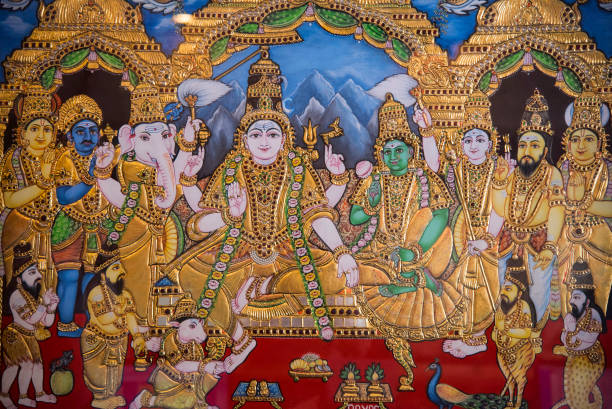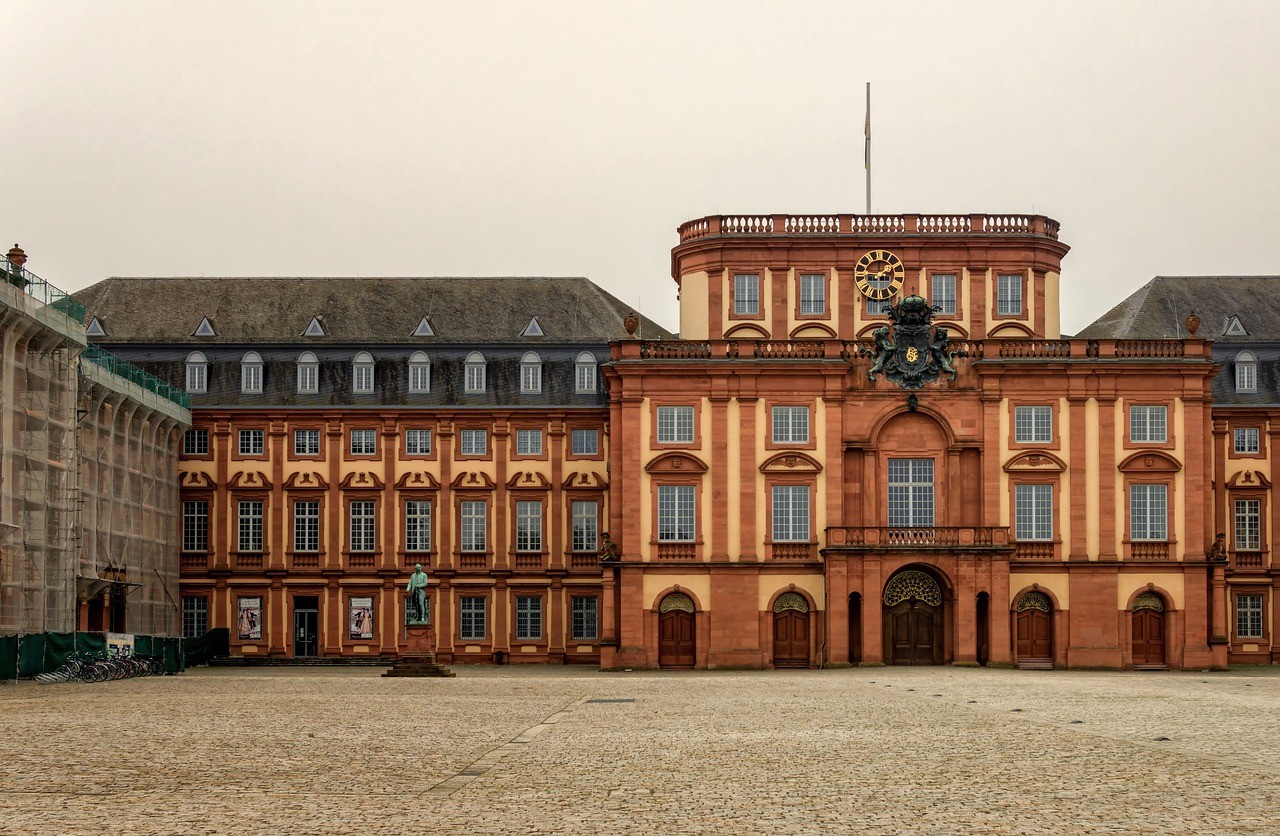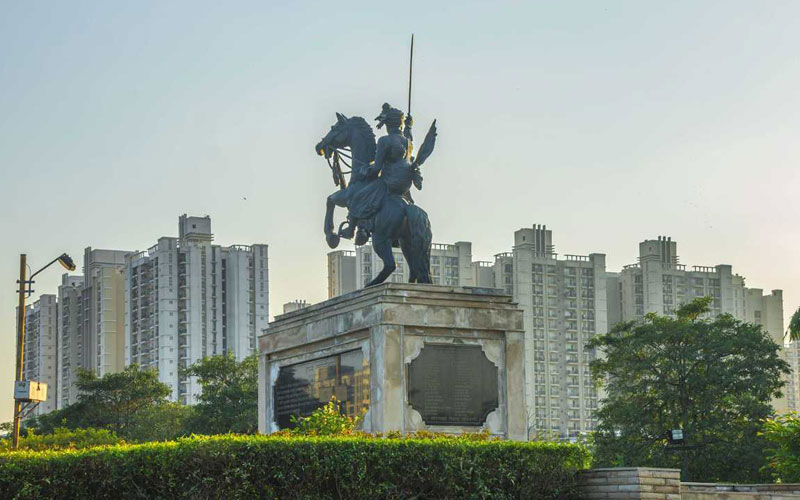All of us has travelled in trains and observed randomly arranged crossings going along our ways. The other train passing by ur train has put us in doubt if it is walking on the same railway line. Each of us had the fascination to look at these zig-zag railway crossings at least once in our lives.
However, this has brought me here to write over an interesting fact related to the railway’s iron beam networks. Many of us have seen two or three railway tracks overlapping each other. But did you know that tracks crossing each other from all four different directions also exist? Let us read about it in detail.
The diamond crossing.
A diamond crossing is referred to an arrangement of railway tracks where two or more railroad lines cross each other. However, this crossing structure doesn’t need to make a rough shape of the diamond by meeting its right edges. Instead, they just form the point of intersection to meet the end of another track. Have you ever thought of such an amazing junction of railroad network?
In one of the states of India, the diamond crossing is a favourite place to be visited by tourists. They come to look at the remarkable crossing of the country. This makes them ask one of the normal questions “ how many such diamond crossings are herein India?”. At the present point of time, one of the most prominent diamond crossings existed at Nagpur’s railway junction.
This crossing is a double diamond railroad crossing that has got its shape because of the two dual lines overlapping one another. Many of the people have even called this the centre point of India. This is because the structure is the junction of four different directions. Four tracks coming from different directions merge here.
The four directions.
At the Nagpur junction, the railway crossing from three directions meets remarkably then following the fourth. The divisions of these railway crossings with their arrival destination are mentioned as follows:
- The Preliminary railway line initiates from Gondia via the Howrah – Rourkela – Raipur railroad line.
- The track with its alternate direction to the first one runs from Northern India, specifically from Delhi, the capital.
- The third one drives headed for Southern region, that lunges trains for bot south and west area.
- Further, this line rifts at Wardha (80 km away) into two different lines. One goes to Mumbai (west) and the other runs towards Kazipe (South).
- A small portion of this railway line also covers the part of the jewel crossing (the Gondia line).
- Another trail helping to shape out this square crossing is a branch line facilitating the Nagpur Freight yard. This yard is located just opposite Nagpur’s railway platform.
- Running through this service lane crossing the Gondia line towards Delhi frames the Diamond crossing.
Other double-crossings in India.
Having sole importance from a tourist viewpoint, the diamond crossing isn’t alone to mark the unique designs of railway lines. Another such important railroad is at Dhanbad which is yet to complete. Once finished will provide a route to all cardinal directions over India. Also, one such crossing ideally with 90-degree is known to have existed in the new-ancient era (the old Ernakulam Terminus). Currently, the Itarsi junction is considered to be the center point of Indian railways. It connects all four lines via different routes follows:
- North – lines from Madhya Pradesh towards Agra-Delhi.
- South – lines towards Nagpur
- East – lines from Jabalpur to Allahabad
- West – From Khandwa to Mumbai
Britishers decided to consider Nagpur a geographic centerepoint due to its location. Subsequently, they created a zero-mile maker in the period of united India. But as India partitioned, this center point got shifted to Karondi in Jabalpur, nearest to Nagpur.











